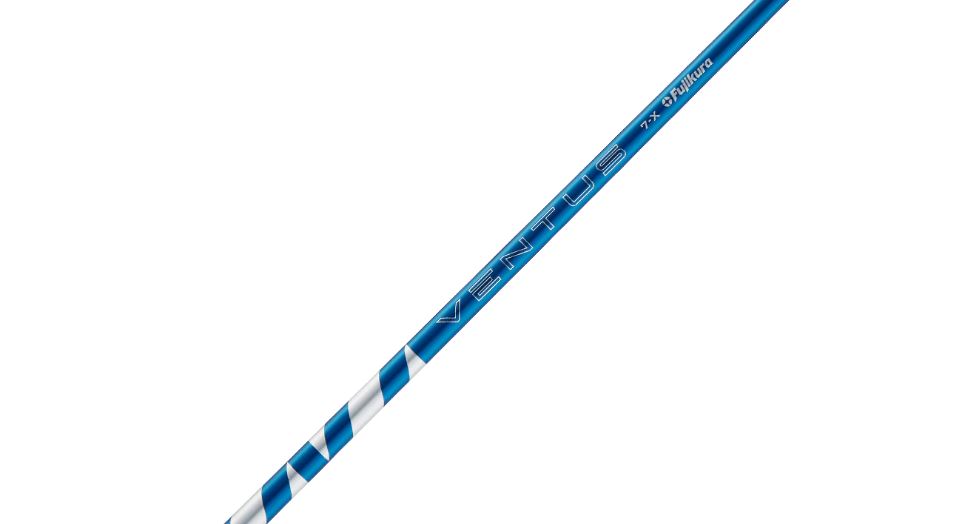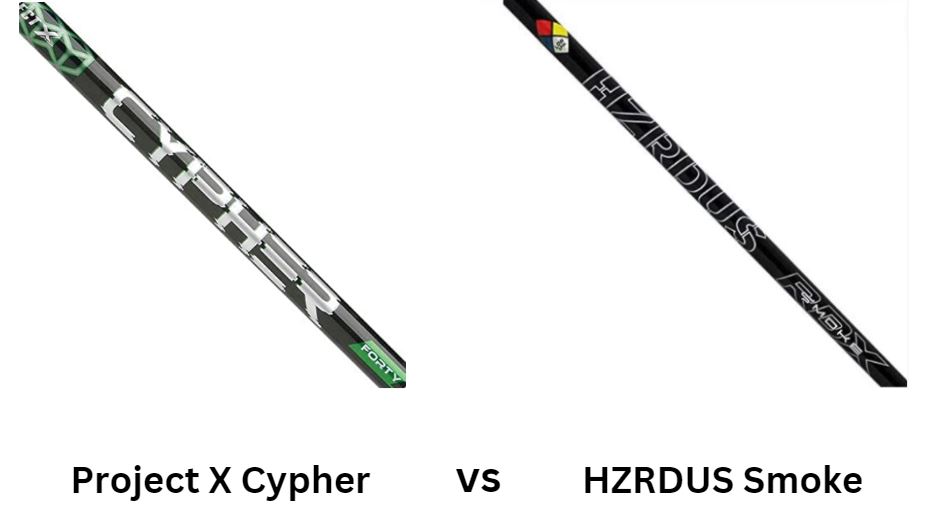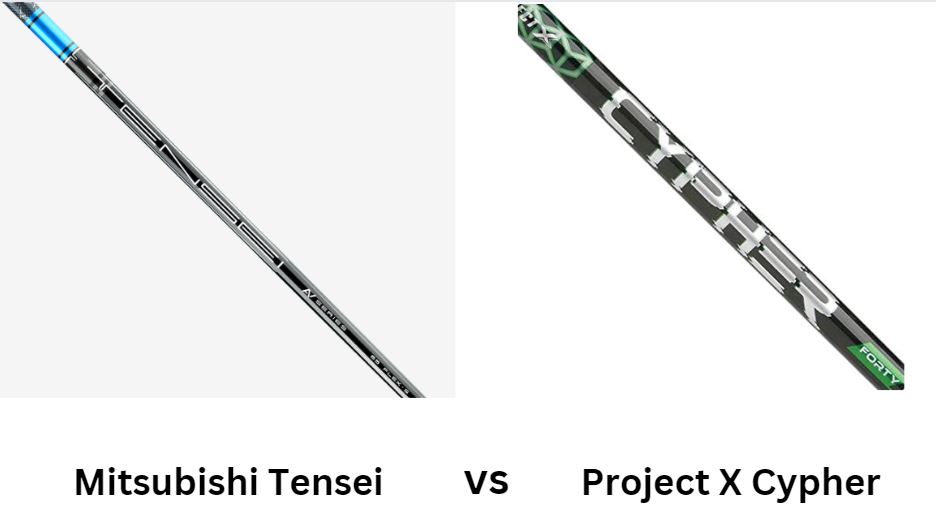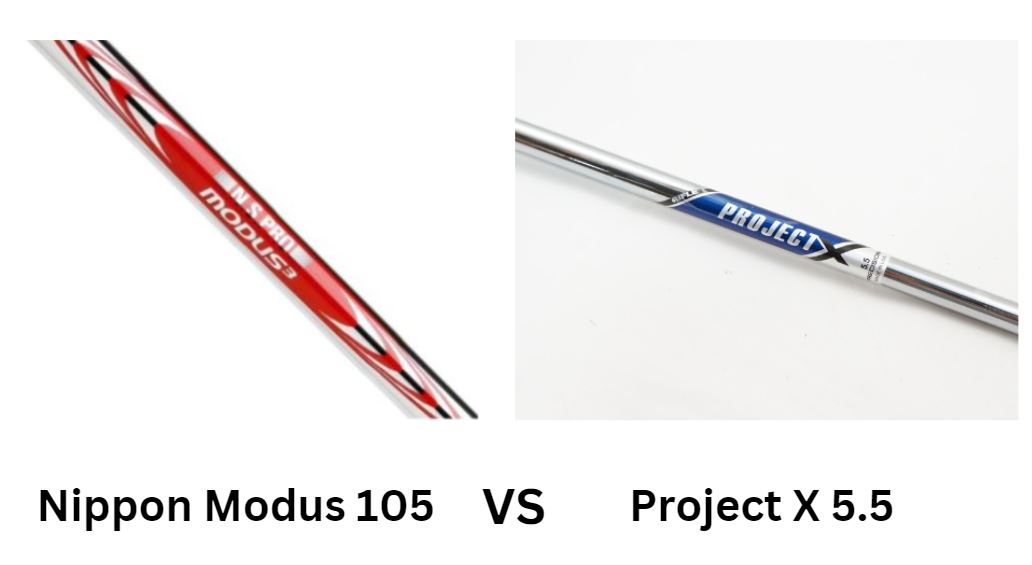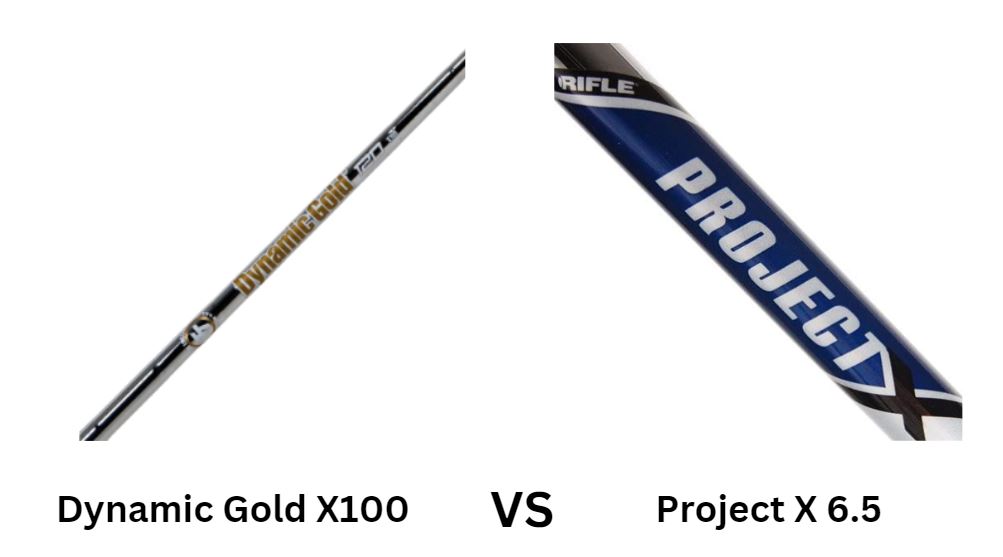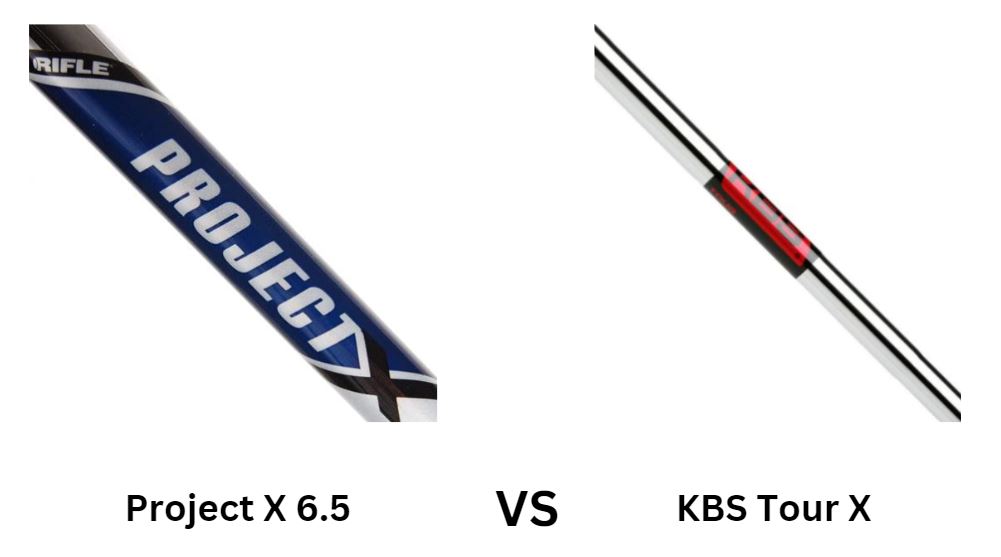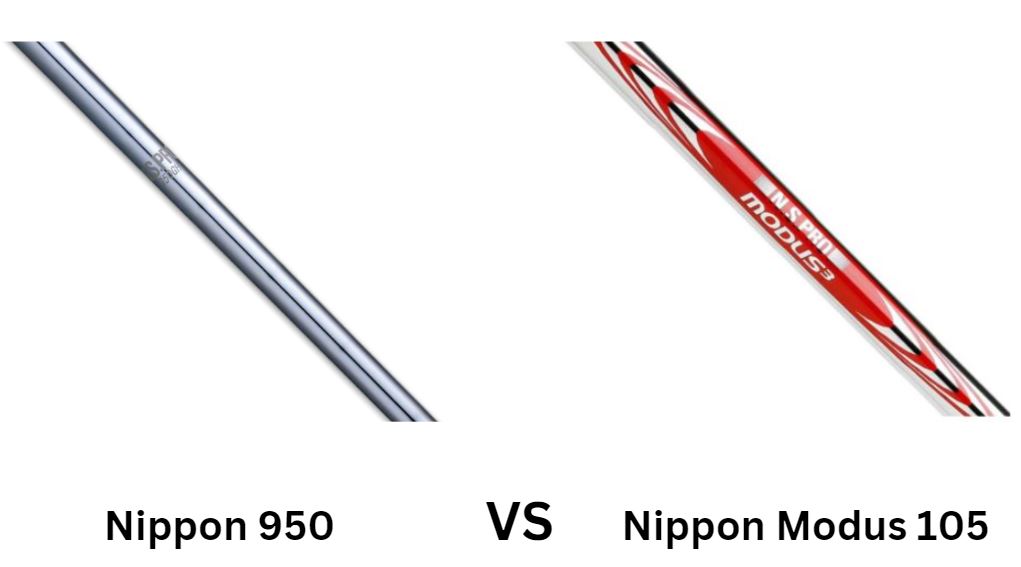TPT Golf Shafts Review – Are They Any Good?
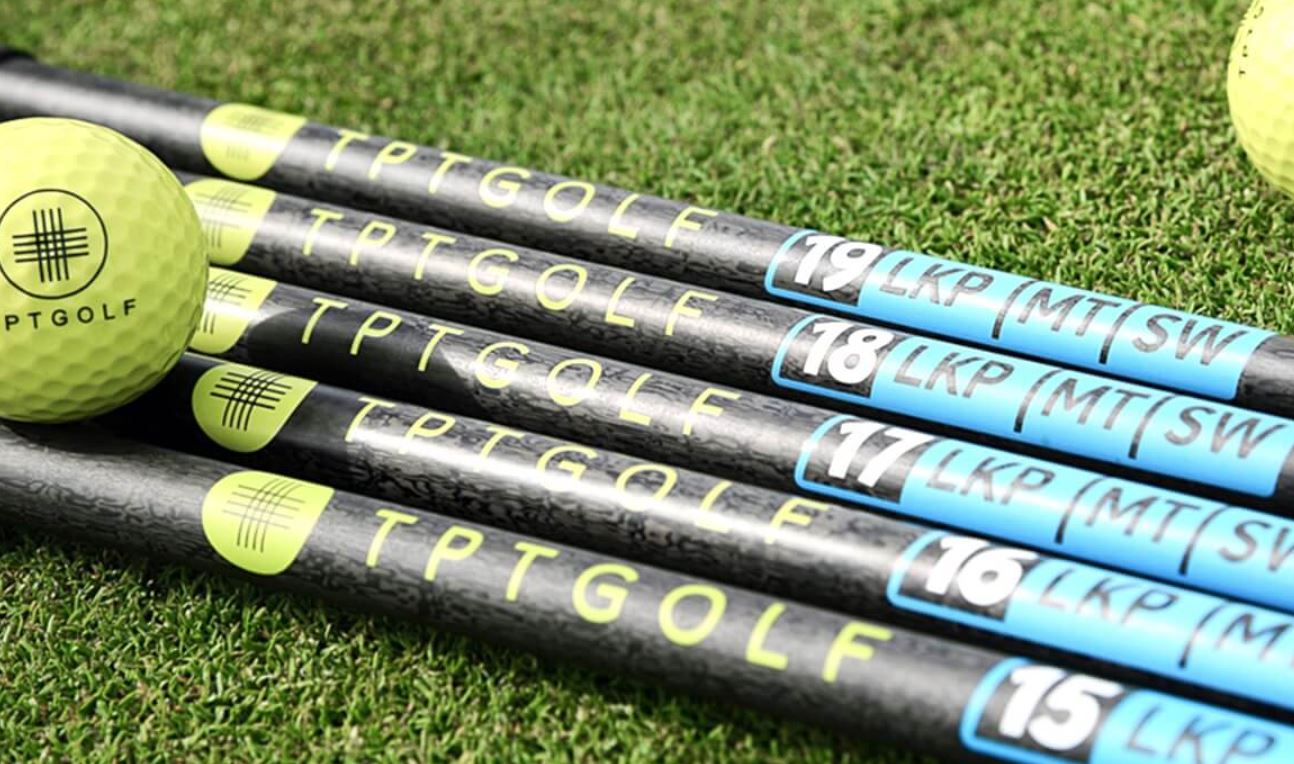
TPT has made news as a company for both the wrong and the right reasons.
Their shafts have been used by some of the top names in golf; but they have also been derided for their apparent fragility.
TPT seems to thrive on shaking things up. They don’t use a traditional flex system.
Instead they categorize their bend profiles with a numbering system that stretches from 14 to 21. 14 is the highest rigidity end of the spectrum and 21 is the lowest rigidity.
But beyond all the hype and the controversy, are TPT golf shafts really any good?
In the following review we will tell you what we discovered when we tested a couple of TPT shafts side-by-side. Do they have anything to offer? Read on to find out!
TPT Shaft Overview
For this review we tested out the TPT Red and the TPT Yellow (also known as the TPT Nitro) shafts.
We will dedicate a specific section of this review to both shafts but for our main sections, we will be focusing on the TPT Red shaft.
We got our hands on a TPT Hi 19 shaft and this is one of their lower-rigidity shafts. We would liken it to a graphite driver shaft in regular flex. The looks of this shaft are quite nice.
It has a matte black finish and, of course, a red band that contains the “Hi” labeling.
This is a very lightweight shaft. The action is contained in the lower midsection area.
It feels very firm in the hands. And since TPT doesn’t share any spec information, we can assume from the feel that it has a low bend point with a stiffened butt section.
We have seen this profile before from shafts like the Mitsubishi Tensei Red which also features a reinforced butt with a softer tip section. The goal for this type of profile is high launch.
And we don’t think it’s a coincidence that TPT decided to label their high launching shaft as “Red” after Tensei had already done the same thing.
At any rate, the TPT Red shaft does feel pretty smooth. The tip section is active but it’s not out of control.
When you load up on it, you can barely feel the transition in your hands. Instead, the club head accelerates at a smooth, controllable pace that lets you know the shaft is pulling its weight…so to speak.
On lighter swings, you can still feel some action down near the tip.
TPT Red Vs TPT Yellow
When we tested the TPT Red and the TPT Yellow shafts side-by-side, we could immediately tell that the TPT Yellow felt lighter.
Amazingly though, it doesn’t give up too much torque. The stability is similar to the TPT Red and there is definitely less action.
As a lighter shaft, the TPT Yellow felt faster on the downsizing and indeed, the club speed readings from our launch monitor supported that assertion.
The TPT Yellow 19 produced a mid launch which was very similar to the TPT Red. However, the TPT Yellow wasn’t as consistent or as stable as the TPT Red.
The sidespin rates we were getting from the Yellow shaft were significantly higher than what we were getting from the TPT Red. Dispersion from the Yellow shaft was also wider.
How Does the TPT Red Perform?
Getting back to the TPT Red shaft in particular, we actually really liked how it performed.
Even as a lightweight shaft, it produced low spin numbers, tight dispersion and steep launch angles.
This is a rarity when you’re talking about shafts lighter than 60 grams. The TPT Red was accurate and cured some of our testers’ slices.
The only real gripe we had about this shaft was that for all the lightness, it didn’t produce a ton of carry or overall distance.
The overall distance was a bit inflated due to the low spin rates: we were still getting pretty good rollout. But our average carry distance after the test session was just 215.5 yards.
Shaft Specs
| Specs | TPT Red |
| Available flexes | 14-21 |
| Weight | 45g-85g |
| Tip | .335” |
| Length | 46” |
What Flexes Are Available? What Swing Speeds Do They Suit?
Flex ranges from 14-21.
If you swing less than 70 MPH, we suggest anything from 15-21. If you swing faster than 71 MPH, we suggest 16-14.
What Weights Are Available? What Swing Speeds Do They Suit?
Players in the sub 70 MPH swing speed range should try the 62g-45g weight class.
For players in the 71-85 MPh range, we suggest the 68g-85g weight class.
Why is it So Good?
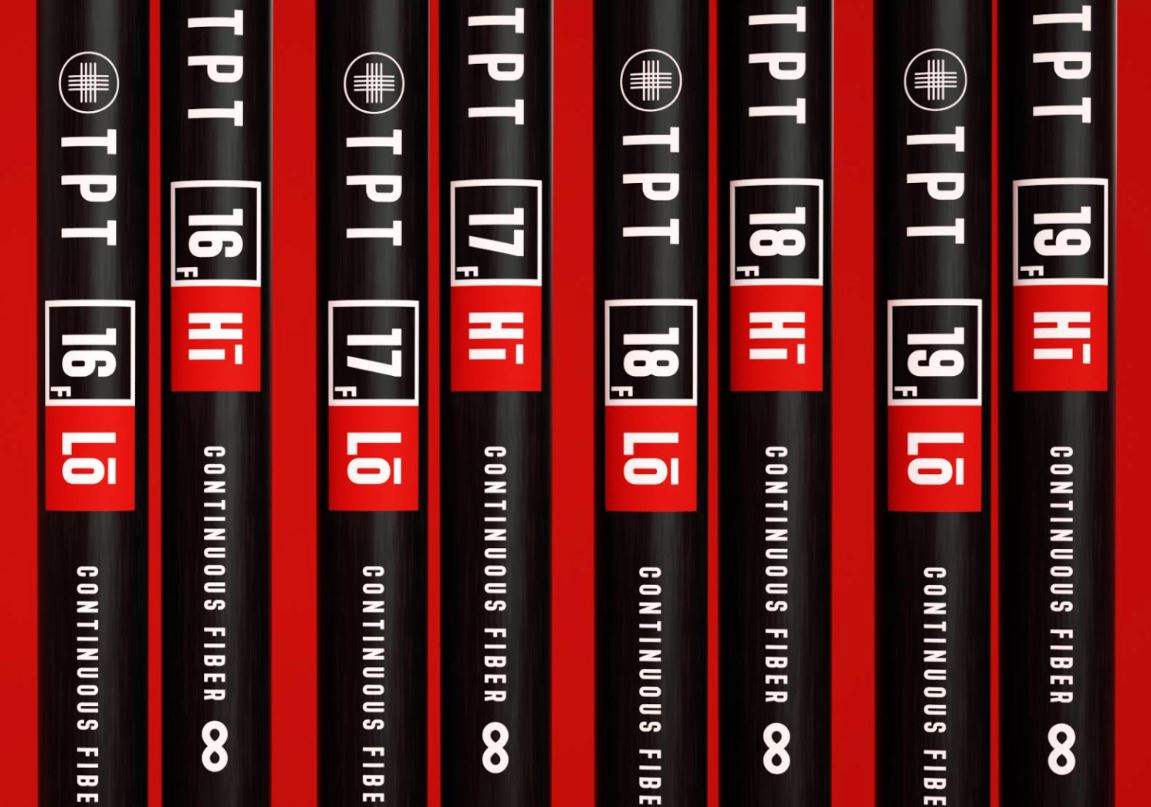
The TPT Red offers a very rare combination of accuracy and light weight.
It is great for slower swingers who want to improve their fairway positioning.



